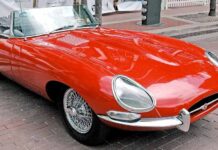The actual apex of the automotive world is sports vehicles. At some time in our lives, we all aspire to own one of these cars. Driving an amazing sports vehicle is a memorable experience. Sports vehicles, however, are not all made equal. In actuality, a lot of them are very awful.
Some sports vehicles have reliability problems, while others have motors that are far too weak when they leave the factory. Even a tiny portion of sports vehicles might spontaneously catch fire! It’s advisable to avoid these terrible sports vehicles for any reason.
DeLorean DMC-12
The notorious DeLorean is arguably the worst letdown in automotive history. Mostly because of its appearance in Back to the Future, this odd car rose to fame as a symbol of popular culture. Sadly, the real-life DMC-12 is not even close to being as amazing as the popular time machine.
 @deloreanrental / Instagr
@deloreanrental / Instagr
The DeLorean had a terrible lack of power. Only 130 horsepower may be produced by the V6 engine! Sadly, the stunning outside design was insufficient to increase sales. Less than two years after it was first introduced, this sports automobile was subsequently withdrawn. DeLorean closed its doors in 1982, never producing another car.
Saturn Sky
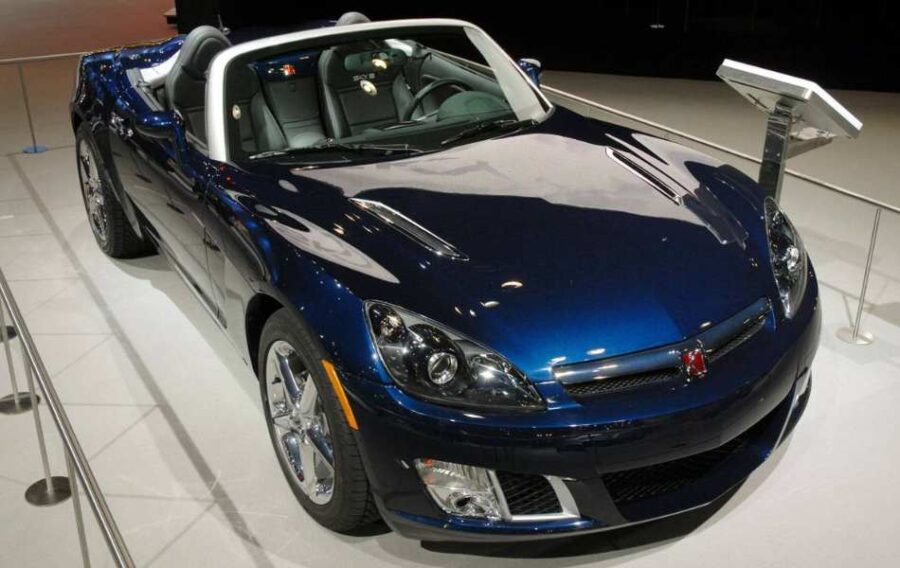 Jonathan Fickies/Getty Images
Jonathan Fickies/Getty Images
The Sky was GM’s final effort to revive the Saturn brand. One of the main reasons Saturn was shut down was the vehicle that had been created to save the GM subsidiary.
None of the client’s expectations were met by this little sports automobile. Only about 180 horsepower was produced by the basic model. Even in its most potent configuration, the turbocharged Sky was limited to 300 horsepower. The inside could have been more attractive and better constructed, and the external design could have been more appealing. Only 30,000 units were sold by GM when the assembly plant was shut down in 2010. Within a short period, Saturn closed its doors.
Chevrolet Corvette C1 (1953)
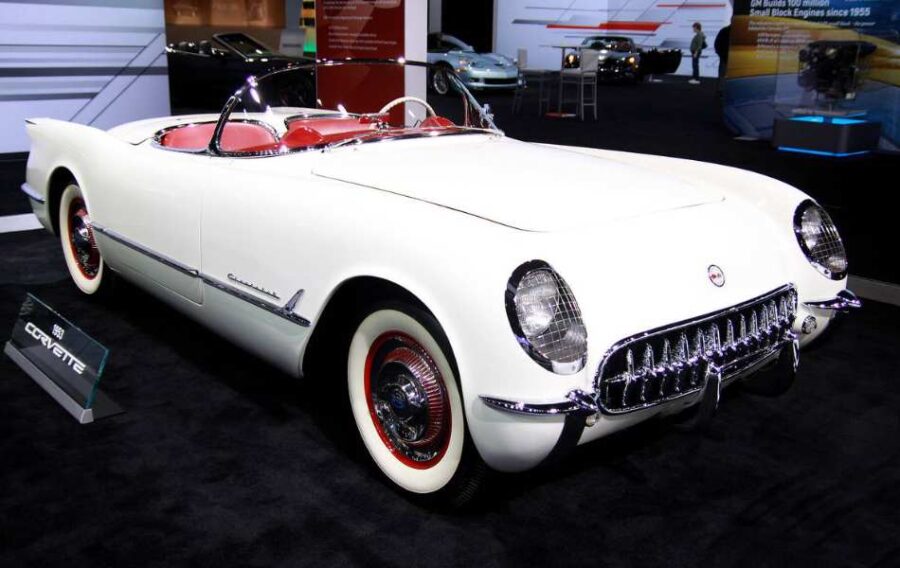 Raymond Boyd/Michael Ochs Archives/Getty Images
Raymond Boyd/Michael Ochs Archives/Getty Images
You might be astonished to learn that the Chevrolet Corvette, one of the most recognizable cars in American history, started as a complete failure. In January 1953, General Motors debuted the Corvette prototype. Chevrolet raced to release the vehicle that year since there were so many high expectations. That did not end well, as was to be expected.
The 1953 Corvette was hurried off the assembly line. The automobile had several problems, including many leaks and the potential for the doors to open while it was being driven. To increase sales and keep the automobile on the market, the car needed to be drastically enhanced.
The next vehicle was developed by Ford as a rival to the Corvette.
Ford Thunderbird (2002)
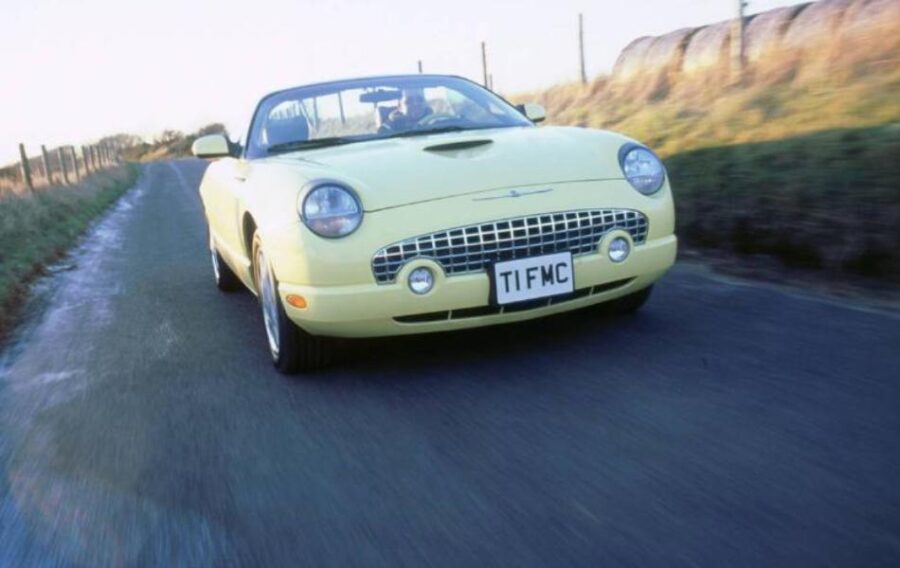 National Motor Museum/Heritage Images/Getty Images
National Motor Museum/Heritage Images/Getty Images
Ford’s Thunderbird was a Chevy Corvette rival when it originally went on sale in the 1950s. Up until the 1990s, the car was still in use. Ford then brought back the moniker once again in 2002. Three years passed while the eleventh-generation Thunderbird was available.
The ostensibly opulent Thunderbird was a complete failure. Ford only had one V8 engine choice, and the performance was, to put it mildly, unimpressive. Even though the style was an attempt to mimic the original Thunderbird, the car looked awful. Ford discontinued the model in 2005 after selling fewer than 70,000 units.
Ferrari Mondial
 Geekstreet/Wikimedia Commons
Geekstreet/Wikimedia Commons
The Mondial is perhaps the worst car to ever leave the Maranello-based manufacturer. Ferrari gained a reputation for building shoddy cars in part because of the Mondial. In the 1980s, the Mondial wasn’t seen to be very excellent, and it hasn’t improved at all.
Ferrari may be one of the last companies you’d anticipate to create a supercar with poor quality and durability and little horsepower. That the Mondial is among the most affordable Ferraris available is not surprising.
Chevrolet Camaro (Third-gen)
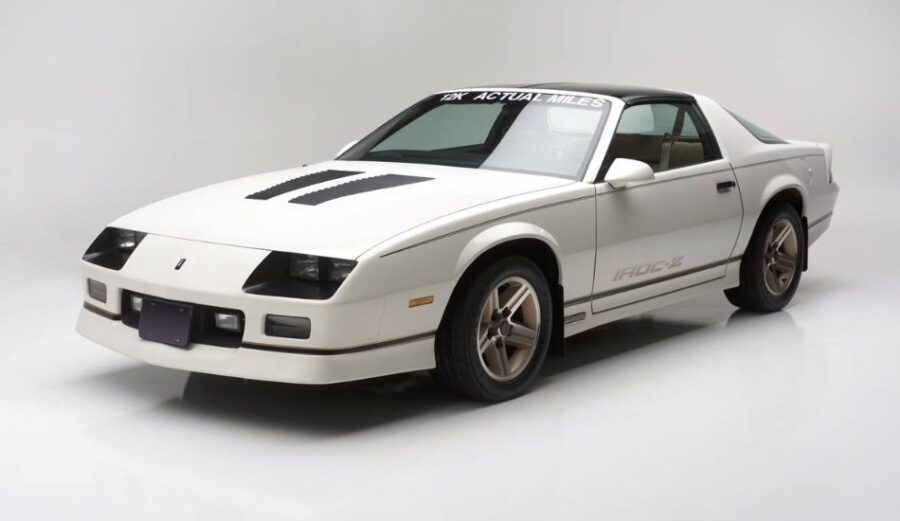 Barrett-Jackson via Getty Images
Barrett-Jackson via Getty Images
Undoubtedly one of the most adored American automobiles of all time is the Camaro. Since the 1960s, it has existed and is still manufactured now. The third version of the Camaro was unveiled by GM at the start of the 1980s. It wasn’t even close to being as good as any of its forerunners.
The base model V6 Camaro was genuinely terrible, even though the V8-powered Z28 version of the car wasn’t all that bad. Only 107 horsepower is produced by its little 2.8L engine! In what is perhaps the worst Camaro ever manufactured, a sprint to 60 miles per hour takes more than 13 seconds.
Mitsuoka Orochi
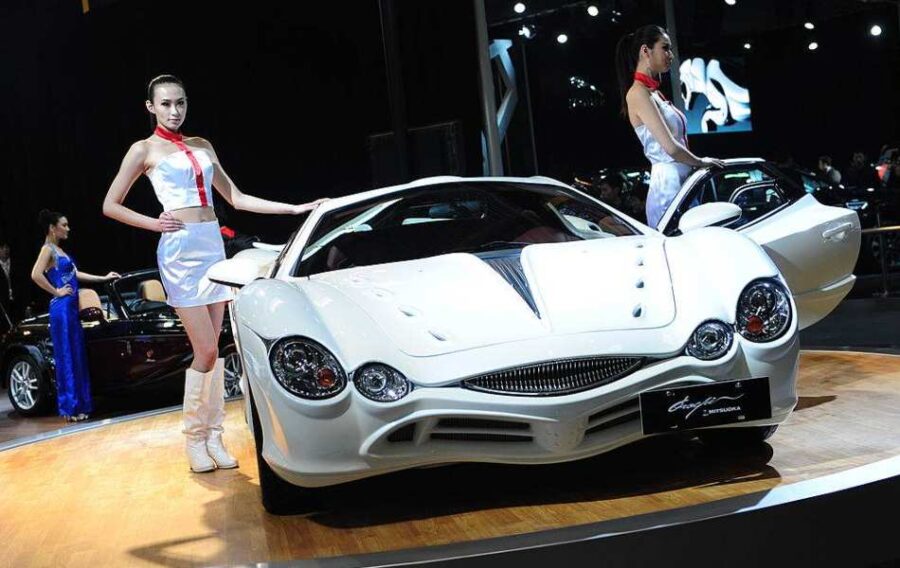 FREDERIC J. BROWN/AFP via Getty Images
FREDERIC J. BROWN/AFP via Getty Images
The Orochi is lavish beyond a shadow of a doubt. Its design is unquestionably unusual, but it might not be to everyone’s taste. Midway through the 2000s, a wild Japanese supercar made its appearance. Funny enough, this ugly abomination was created to rival Ferraris.
The Orochi is not very novel in terms of performance, aside from the dubious design. In actuality, it has several pieces that come from Lexus and shares the majority of its components with the Honda NSX. Even though that could increase the car’s dependability, the Orochi is incredibly underpowered. Its V6 engine, which was produced by Toyota, only had 231 horsepower!
Nissan 350Z
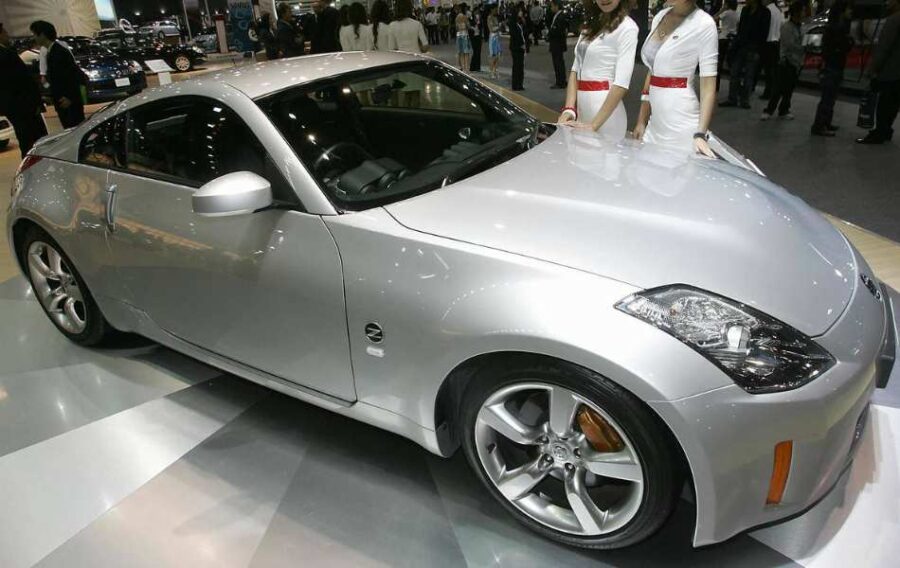 PORNCHAI KITTIWONGSAKUL/AFP via Getty Images
PORNCHAI KITTIWONGSAKUL/AFP via Getty Images
The 350Z made its debut in 2002 as the 300ZX’s immediate replacement. Unfortunately, there have been several dependability problems with this stylish coupe. The 350Z is a poorly built car that is well behind its rivals, even though it can accelerate from 0 to 60 mph in less than 6 seconds.
The 350Z has continued to be one of the car community’s favorites despite its drawbacks. This sports vehicle is a favorite among teenage petrolheads due to its reasonable pricing and accessible aftermarket components.
Ford Mustang (Fourth-gen)
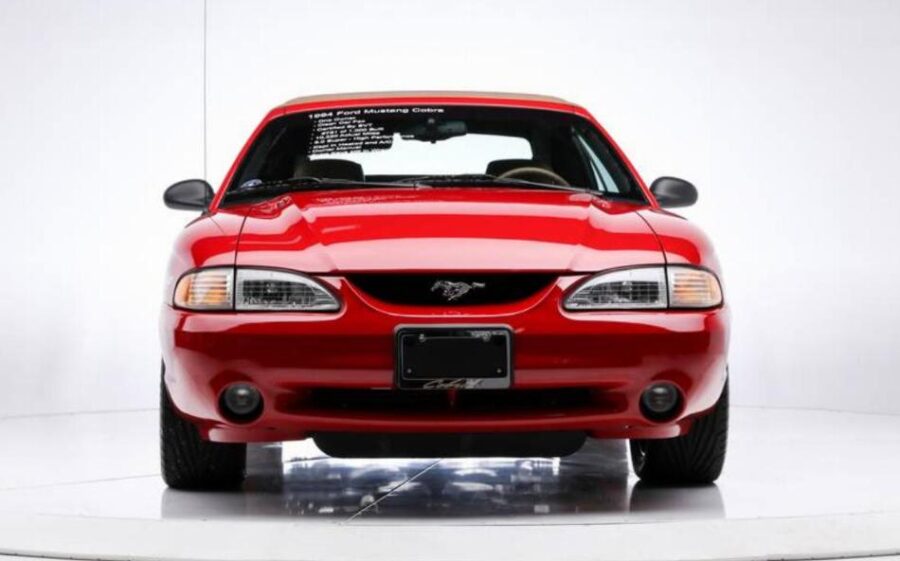 Barrett-Jackson via Getty Images
Barrett-Jackson via Getty Images
Ford Mustang has undoubtedly turned into a symbol of American vehicles, similar to the Chevrolet Camaro that was previously discussed. Throughout the nearly six decades that the pony car has been in existence, some truly amazing Mustangs have been created. Sadly, the fourth generation does not belong to any of them. This Mustang may be the worst ever made.
In contrast to the third-generation model, this car wasn’t passed over without cause. Because the third-generation Foxbody Mustang was a superb vehicle, it has gained popularity again. But it’s time to put the fourth generation in the past. Its reputation is further harmed by both the inside and exterior design.
Porsche 914
 Hannelore Foerster/Bloomberg via Getty Images
Hannelore Foerster/Bloomberg via Getty Images
The 914 has earned a reputation as one of the worst cars the German manufacturer has ever produced. Porsche and Volkswagen created this affordable mid-engine sports vehicle to act as the entry-level Porsche. It was put on the market in 1969 and was withdrawn after just 7 years.
The 914 was a failure to market despite having an odd outward design with a Targa roof. The sports car’s boxer engine only produced about 100 horsepower, which was incredibly underpowered. Despite the 914’s agility in small bends, the car’s awful acceleration was not enticing.
Coming up soon, is a beautiful Nissan, but is it worth the price tag?
MG Midget
 National Motor Museum/Heritage Images/Getty Images
National Motor Museum/Heritage Images/Getty Images
The Midget is now thought of as a traditional British roadster. The little sports vehicle has developed a sizable following. But just because the Midget had a huge cult following doesn’t always indicate that they were any good. After all, there are many fans of the Trabant and Yugo all over the world, and they have something in common with the MG Midget: both are appalling automobiles.
Don’t be fooled by the Midget’s appearance; it is everything but a speedy roadster. In actuality, it takes more than 15 seconds to run to 60 mph!
The next vehicle may have been built in Maranello, though it does not have a single Ferrari badge.
Ferrari Dino
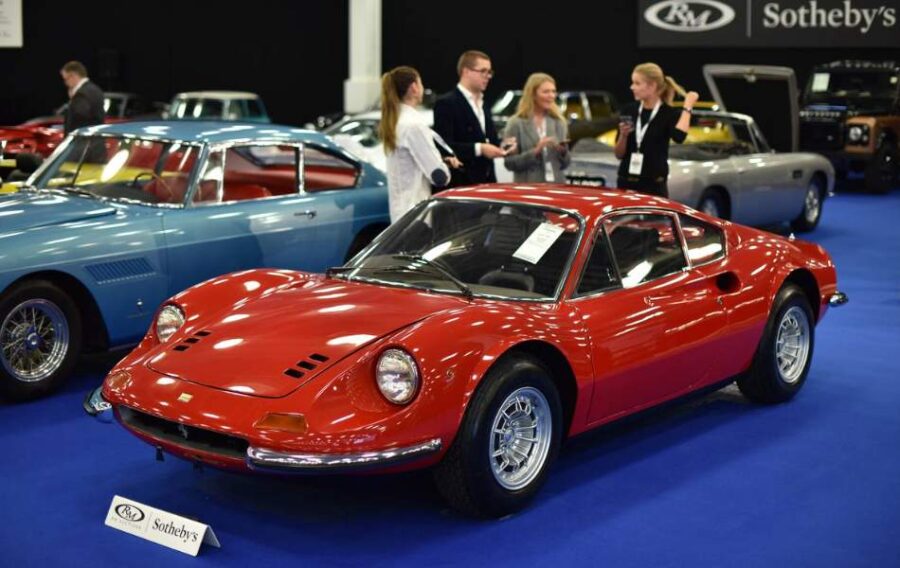 John Keeble/Getty Images
John Keeble/Getty Images
Many ardent Ferrari aficionados disagree that this sporty-looking automobile is indeed a prancing horse. The engines of road-legal vehicles had to serve as the foundation for Formula 2 racing engine development in the late 1960s. Ferrari contacted Fiat for assistance since it lacked the means to produce at least 500 examples annually. The outcome was the Dino.
Pininfarina created the stunning body of the Dino, much like any other legitimate Ferrari. However, Fiat was the manufacturer of its mid-mounted engine. Additionally, it was Ferrari’s first assembly-line-produced automobile. Ferrari wasn’t very proud of their invention; the Dino was promoted as a Ferrari subsidiary.
Lamborghini Urraco
 National Motor Museum/Heritage Images via Getty Images
National Motor Museum/Heritage Images via Getty Images
In the early 1970s, Lamborghini was frantically trying to expand its clientele and increase sales. As a result, the Italian carmaker believed it would be a good idea to enter the market for affordable supercars. The Urraco, which made its debut in 1973, was the first and final affordable Lamborghini supercar.
The Urraco is a lovely car, but it lacked in terms of quality and performance. Only 180 hp were produced by its V8 engine. The dazzling Countach always put the Urraco in the background, as if that weren’t enough. Having only sold about 800 units, Lamborghini canceled the model six years after it was introduced.
Pontiac Fiero
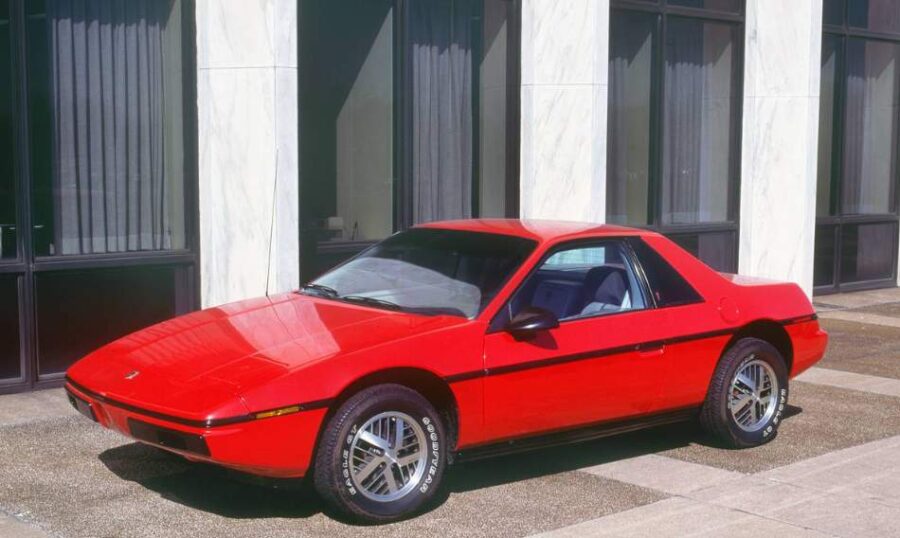 National Motor Museum/Heritage Images via Getty Images
National Motor Museum/Heritage Images via Getty Images
The Fiero once had a lot of potential as a sports vehicle. Its many innovations, such as the speakers built into the headrests of the seats, were novel to the industry. The car was scrapped after five years after it made its debut for the 1984 model year.
After Fiero’s debut, its reputation immediately declined. The automobile had a bad reputation for having mechanical problems and subpar performance, but there was a far deeper concern. A string of explosions and blasts led to the Fiero being declared unsafe. Fieros from 1984 exploded or caught fire on their own in one out of every 508 vehicles!
Chevrolet Cobalt SS (Naturally Aspirated)
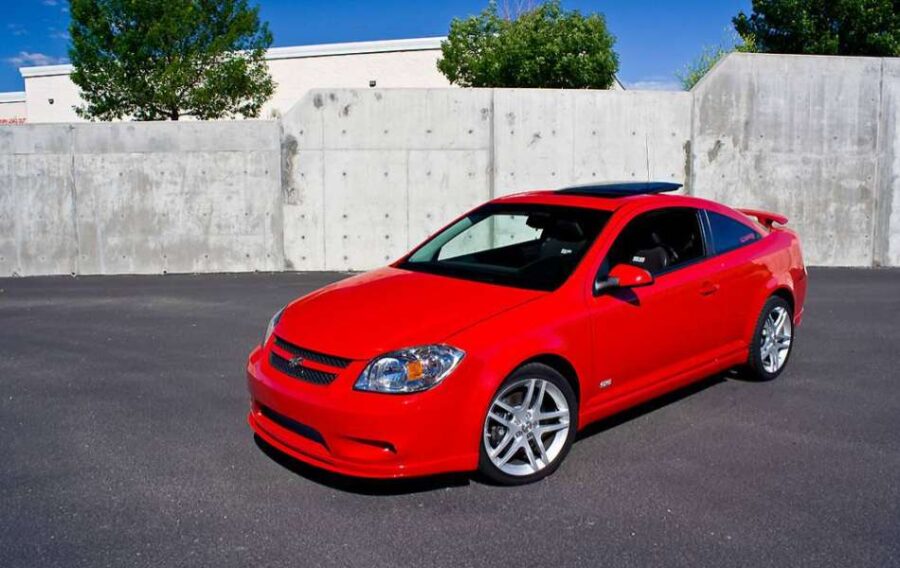 Greg Myers/Flickr
Greg Myers/Flickr
The Cobalt SS was meant to be a great, affordable sports car. After all, GM’s announcement to create a souped-up performance-oriented version of the Cobalt did sound exciting to a lot of buyers. Sadly, the Cobalt SS did not quite live up to the expectations.
The first-gen Cobalt SS hit the market for the 2005 model year. The Cobalt SS appeared as if the production was rushed, as the car lacked any kind of quality. It was nowhere near as good as its competitors. However, the GM introduced supercharged and turbocharged versions of the sports car. These were a huge leap ahead of the awful naturally aspirated Cobalt SS.
Porsche 924
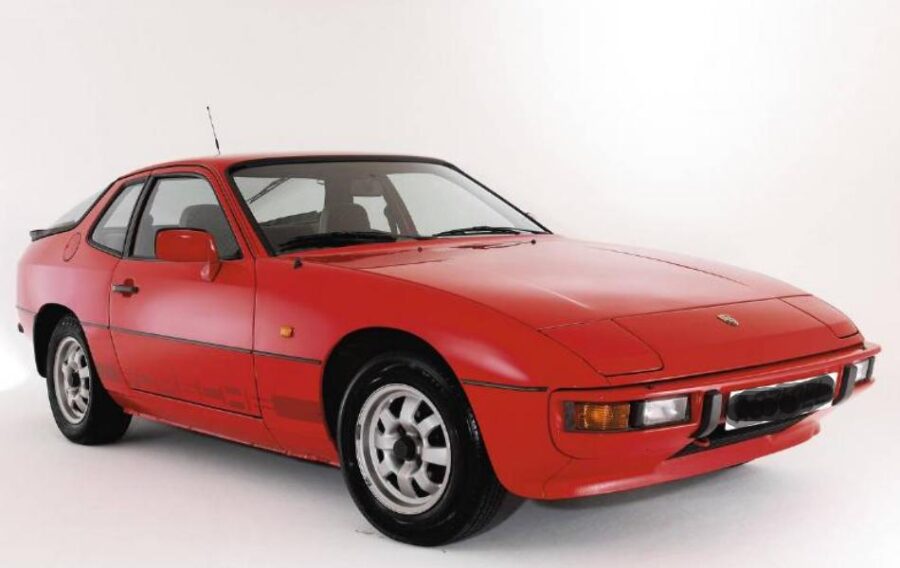 National Motor Museum/Heritage Images/Getty Images
National Motor Museum/Heritage Images/Getty Images
Porsche made an effort to create a replacement for the terrible 914 which was also an economical entry-level sports vehicle. Thus, the German company introduced the Porsche 924 in 1976. Sadly, the 924 turned out to be just as much of a train wreck as its predecessor.
Porsche decided to provide additional engine choices for their entry-level sports vehicle this time. The 924 Carrera GTS had a 2.0L engine with 245 horsepower, which was far more potent than the standard model’s meager 125 horsepower and excruciatingly sluggish performance. Unfortunately, this German sports vehicle ended up being among the least dependable Porsches ever.
Coming up, one of the worst-rated Mercedes to ever hit the market…
Ford Mustang II
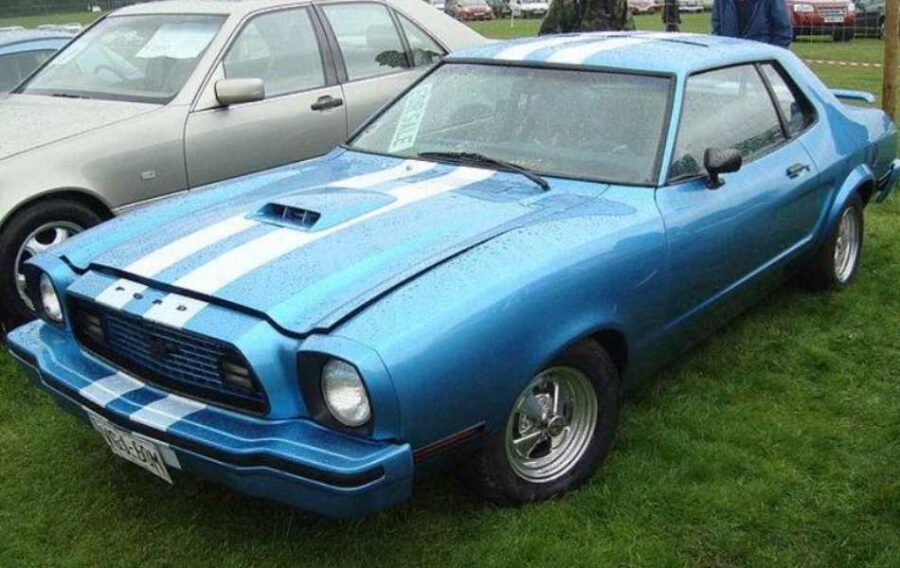 Kieran White/Flickr
Kieran White/Flickr
The second generation of the Mustang, which is the nation’s favorite pony car, is arguably the worst. It was released for the 1974 model year, not long after the oil crisis that caused fuel costs in the US to skyrocket. A more fuel-efficient Mustang did make sense logically, but it is not even close to the legendary status of its forerunner.
A feeble flat-four that had a peak output of only about 90 horsepower was standard equipment for the basic model. The V8-powered Mustang II was capable of a 10.5-second sprint to 60 mph and 140 horsepower in its most potent form. Ford nonetheless sold over 1.1 million copies of this version of the Mustang despite the appalling performance statistics.
Lamborghini Jalpa
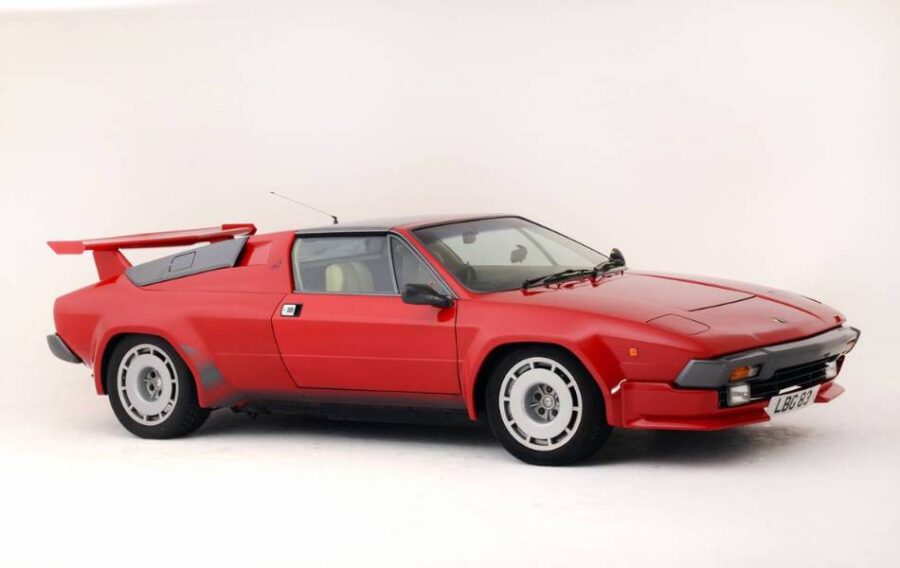 National Motor Museum/Heritage Images/Getty Images
National Motor Museum/Heritage Images/Getty Images
The Jalpa wasn’t exactly a great automobile. Even yet, it was incorrect how this car ended up on the market. The vehicle made its début in 1981 as a more affordable, scaled-back replacement for the renowned Lamborghini Countach.
The Countach’s V12 engine and vertical doors were only two of the features that Lamborghini effectively discarded to transform it into a whole new car. It is hardly surprising that the Italian manufacturer only sold 410 examples of the vehicle during its 7-year production cycle. Up to the release of the new Lamborghini Urus SUV, it was also the final Lamborghini to utilize a V8 engine.
Mazda Miata
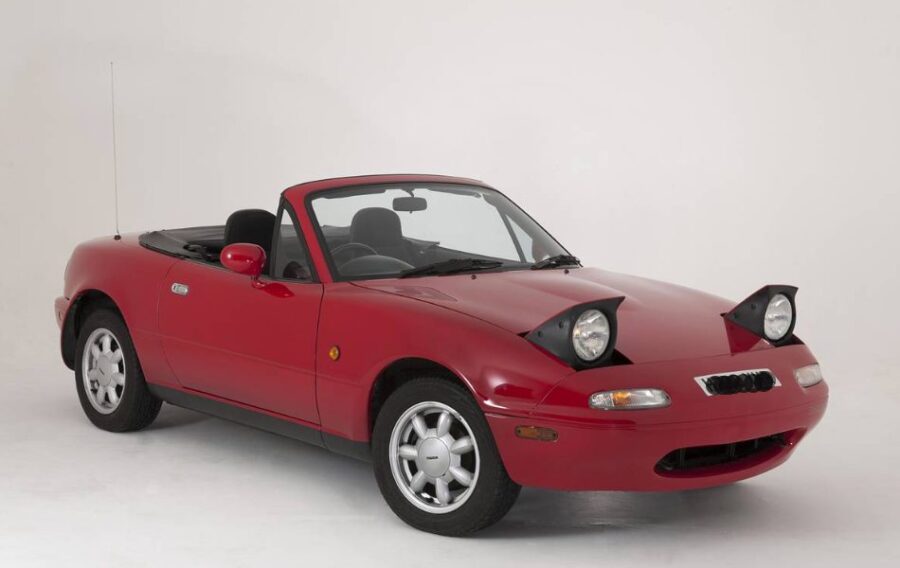 National Motor Museum/Heritage Images via Getty Images
National Motor Museum/Heritage Images via Getty Images
It’s understandable why the Miata has emerged as a top option among budget-friendly sports cars. The first-generation MX5 is very fantastic to drive and has a fantastic appearance. For a sporty roadster, that is acceptable even though it is not especially practical. Unfortunately, it is not moving as quickly as you might want.
Although the roadster is adorable, the Miata is incredibly underpowered even when navigating tight turns. To achieve 60 miles per hour, the 113 horsepower engine of the automobile needs over 10 seconds. The original Miata also frequently has issues with heavy corrosion.
Mercedes-Benz CLA 45 AMG
 @benzfactory / Instagram
@benzfactory / Instagram
The Mercedes-Benz CLA was given a boost for the 2013 model year and went on sale. The German carmaker chose to dress up and significantly increase the price of the subpar CLA class rather than upgrade it.
There is much to be desired about the CLA 45 AMG. It is not of the Mercedes-Benz caliber that one might anticipate. The CLA is among the poorest choices in its price range due to its subpar finish. Even though this automobile may lure buyers with its AMG logo and respectable performance ratings, it is advisable to avoid buying it.
Covini C6W
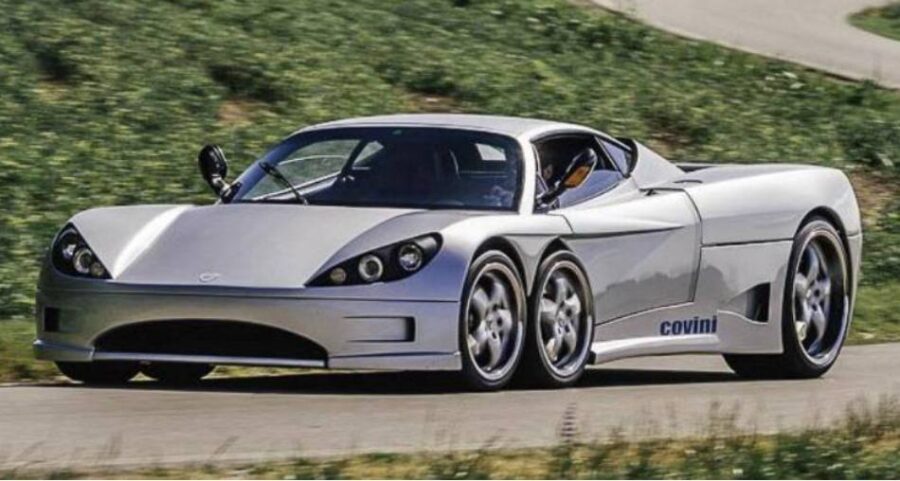 Photo Credit: Evantra_ / Reddit
Photo Credit: Evantra_ / Reddit
The price tag on this hideous six-wheeled sports automobile is astronomical—$640,000. The 2008 debut of this Italian fashion icon.
The theory behind the two extra wheels is that better handling and more grip result from having more wheels on the ground.
Aston Martin Lagonda
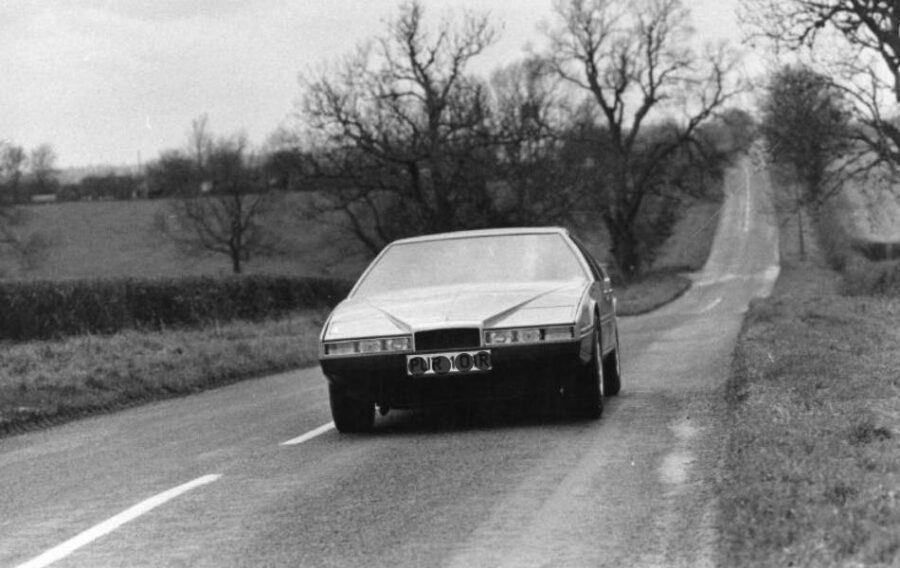 Aubrey Hart/Evening Standard/Getty Images
Aubrey Hart/Evening Standard/Getty Images
The Lagonda is a really beautiful automobile to look at, much like many other vehicles on our list. This luxurious four-door sedan was introduced by Aston Martin in 1976. Sadly, the Lagonda’s only real selling point was its stunning external appearance.
The four-door sedan was introduced by Aston Martin to increase sales, and initially, it was successful. Sadly, purchasers soon learned that the Lagonda was prone to a variety of mechanical problems, most of which were connected to the vehicle’s electronics.
Nissan 370Z Nismo
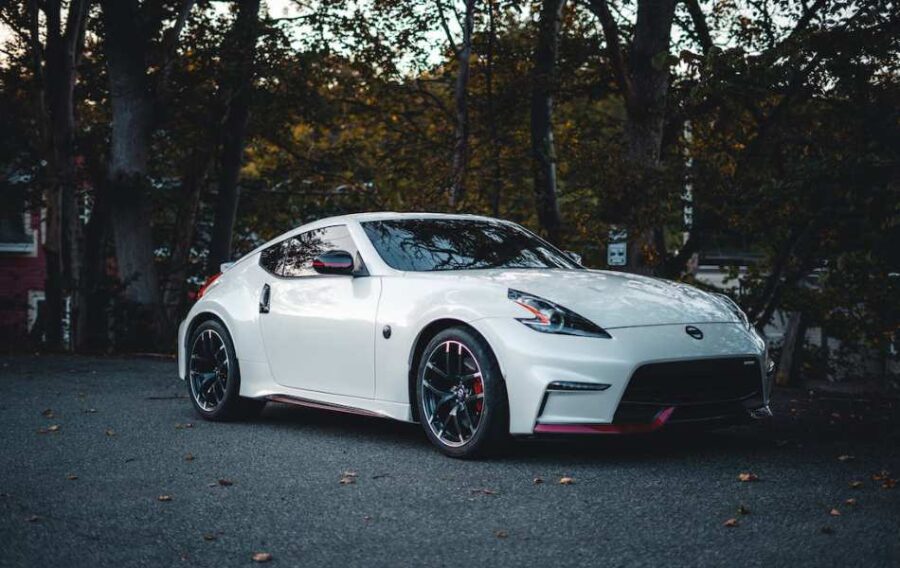
Nissan replaced the 350Z, which was discontinued in 2007, with the brand-new 370Z. In its pricing range 14 years ago, the beefed-up 370Z Nismo was a wise decision. Not to add, the vehicle was miles ahead of its forerunner.
In 2021, Nissan dealerships will still sell the 370Z Nismo. In actuality, aside from a slight facelift in 2015, not much has changed since it was first released. The 370Z Nismo is currently much too expensive for what it offers. It’s about time Nissan unveiled the much-needed replacement for their iconic sports vehicle.
Chrysler Crossfire
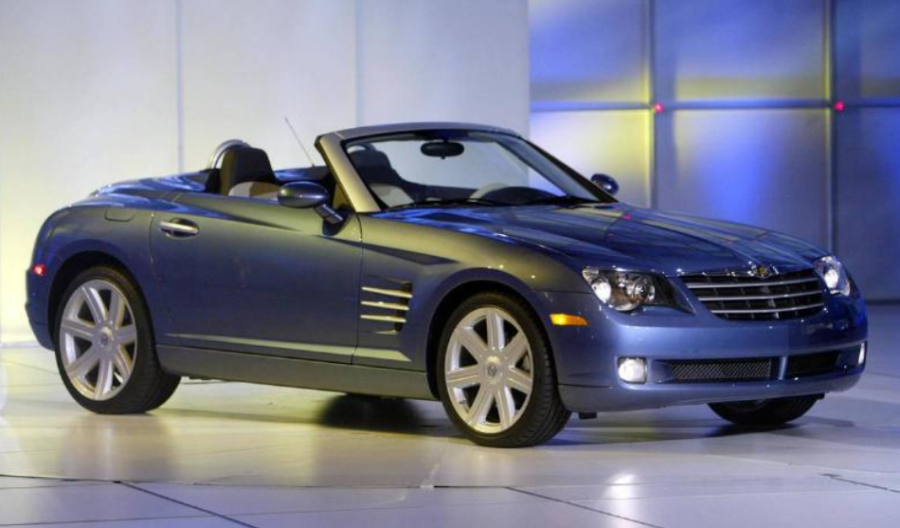 JEFF HAYNES/AFP via Getty Images
JEFF HAYNES/AFP via Getty Images
The Crossfire may initially appear to be a fun vehicle. After all, a V6-powered 2-seater drop-top is difficult to go wrong with. Unless, of course, the car is constructed on an old platform from a different maker.
The Crossfire is just a cheaply built replica of an old Mercedes-Benz SLK that has been given a more stylish exterior. It was undoubtedly one of the worst cars created following the merger of Daimler and Chrysler. The 3.2L V6 engine of the Crossfire, along with more than three-quarters of the complete vehicle, were both purchased from Mercedes. The first-generation SLK’s platform was simply given to Chrysler when Mercedes-Benz created the one for the brand-new SLK.
Vector W8
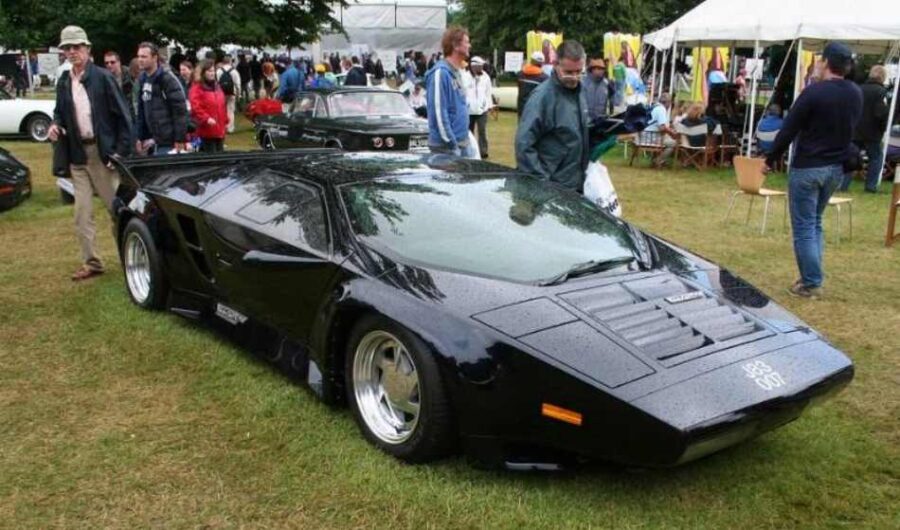 DataHamster/Flickr
DataHamster/Flickr
There’s a good chance you haven’t heard of this oddball sports vehicle. The car was created by California-based carmaker Vector Motors in the late 1980s. Only 22 of the vehicle’s total units were produced during its brief tenure on the market.
For all the wrong reasons, the W8 made headlines. Tennis player Andre Agassi requested a refund from Vector Motors in 1991 when his vehicle caught fire as a result of an overheated exhaust system. Car and Driver were unable to test the car that year because all three of the models that were given to the publication malfunctioned. Unsurprisingly, The W8 has been remembered as a total disaster.


